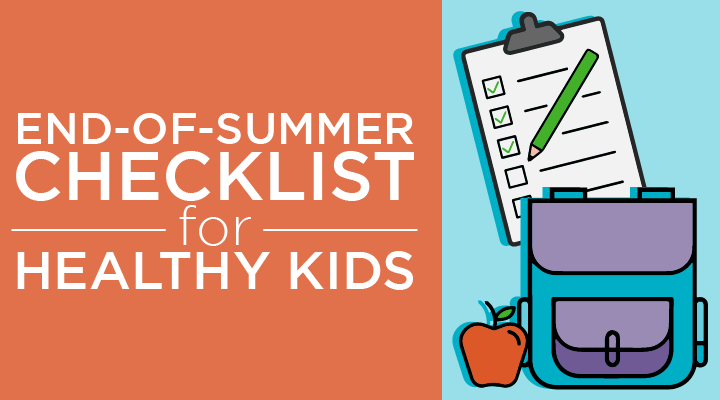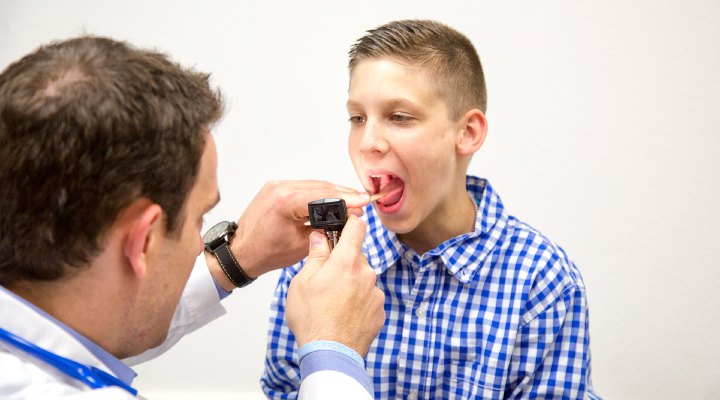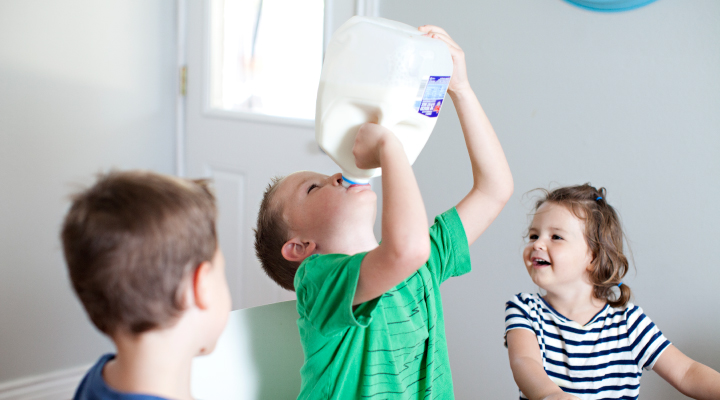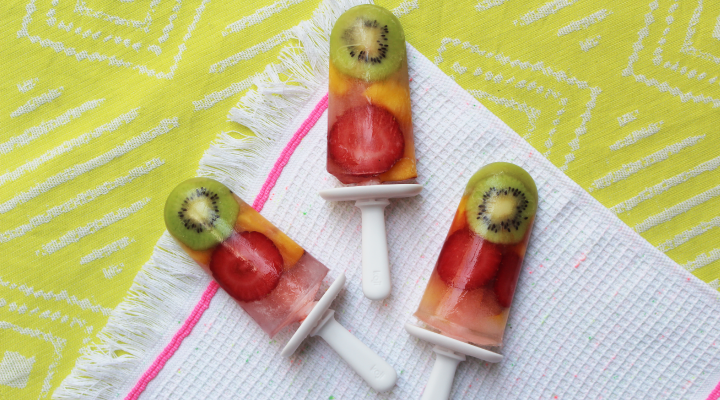Parents’ Guide to Back-to-School Planning
For parents, getting ready for school starts now. Use this checklist to get a head start on a great school year:
Best Bets for Your Pet’s Teeth
Your dog’s mouth is NOT cleaner than yours. Canines carry mouth bacteria the same way humans do, and it can be transferred to you. Protect your pet’s oral health with these approaches:
Dogs
Bacteria buildup can travel into your furry friend’s bloodstream and affect his kidneys, heart or liver.
Toothbrushes
Toothbrushes are the most effective way to remove plaque. An angled, soft-bristled brush can help you get into those nooks and crannies. For extra picky pooches, try a finger brush or daily dental wipes. Pro-tip: A meat-flavored toothpaste can be a tasty trick.
Treats
Look for treats with the Veterinary Oral Health Council (VOHC) seal. These foods are scientifically proven to control plaque and freshen breath.
Toys
The act of chewing stimulates saliva and can reduce plaque by up to 70%. So if your dog eats treats in the blink of an eye, try a toy. Look for durable items—like rubber or elk antlers.
Cats
Cats are prone to dental disease—especially purebreds.
Cleaners
Toothbrushes and rinses are a must for your cat’s chompers. Cats are more resistant than dogs, so take baby steps before brushing. Begin by dipping your fingers in tuna water and then gently rubbing their gums with gauze. Next use a finger brush, eventually graduating to a cat toothbrush. Be patient and experiment with different toothpaste flavors, brushes, and dental rinses.
Cuisine
Alternate wet and dry foods and try incorporating different meats. The varied diet will stimulate saliva (and your feline’s palate).
Life can be ruff with poor oral health. Use at-home products and visit the vet for regular dental cleanings.
UV Safety Month: Don’t Overlook Oral Health
It’s UV Safety Month – a great time to remember that it’s essential to protect skin from the sun’s rays. When you’re outside this summer, remember to apply sunscreen to an often-overlooked part of the body: your lips. In fact, 63 percent of sunscreen users don’t protect their pout.[1] Sun exposure to lips can increase your risk of oral cancer.
Dental Emergencies and How to Prepare
The warm summer weather inspires people to get outside to enjoy swimming and sports. While fun, these activities also have the potential to cause dental injuries for both kids and adults. It’s important to keep dental emergency information, such as dental benefits and dentist phone numbers, handy for yourself and childcare providers in case you experience summer tooth trauma.
Low-Fat or Low-Sugar: Which Diet Wins?
We could all afford to cut back on sugary snacks and fatty foods. But which diet—fat fasting or sugar-slashing—is best for your body and smile?
Continue reading
How Dentists and Physicians Work Together for Your Oral and Overall Health
Between oral and overall health, your body works as a system. Oftentimes an oral health issue can signal a problem that requires the attention of both professions. Oral health problems can often signal serious systemic illnesses. How dentists can help physicians detect problems:
Continue reading
Got Milk, Wisconsin? Celebrate National Dairy Month.
As America’s dairyland, Wisconsin knows that dairy is an important part of the culture and health.
Continue reading
Grow Wisconsin Smiles
A balanced, nutritious diet is essential to healthy living and a healthy smile. Yet only 7.5% of Wisconsinites eat the daily recommended vegetable allowance, and less than 13% eat the recommended fruit allowance.
Continue reading
Homemade Healthy Popsicles | 3 Flavors
Popsicles are a favorite ice-cold summer delight. Unfortunately, most pops are loaded with added sugar and artificial dyes which can be harsh on your teeth. Give this family favorite a makeover with these homemade healthy popsicle recipes:









